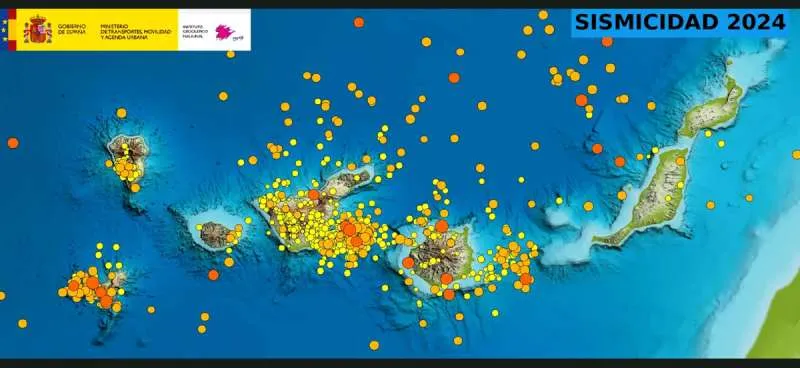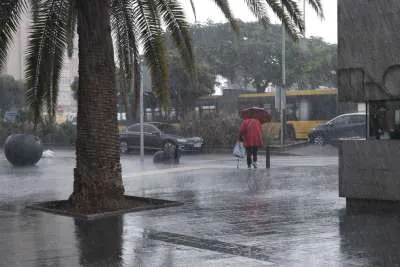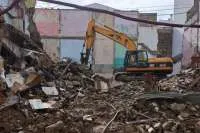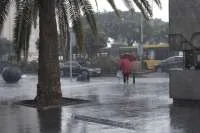The Canary Islands officially recorded 1,608 earthquakes in 2024
- 09-01-2025
- National
- INVOLCAN / IGN
- Photo Credit: Stock image / IGN
The Canary Islands experienced a total of 1,608 earthquakes in 2024, according to data from the Spanish National Geographic Institute (IGN), which is a drop from the 2,017 earthquakes recorded in 2023.
Nearly all seismic events went unnoticed by residents, with only 18 being felt by the population.
The area surrounding the Enmedio Volcano, located on the sea bed between Gran Canaria and Tenerife, emerged as the most seismically active zone, registering 540 earthquakes.
The second most active area was inland in Tenerife, where 517 seismic events were recorded. Gran Canaria followed with 102, while El Hierro experienced 80 earthquakes, La Palma recorded 159, and La Gomera just 10.
The strongest earthquake of the year occurred on 10th September north of Gran Canaria. This tremor, with a magnitude of 3.8 on the Richter scale, struck at 7:20pm and was widely felt by residents across the island. Another one of the same magnitude was recorded on 19th September near El Hierro at a depth of 29 kilometres.

The total number of earthquakes decreased by 409 compared to 2023, primarily due to reduced seismic activity in La Palma. The island, which experienced 397 earthquakes in 2023, saw this number drop to 159 in 2024. Tenerife also saw a reduction in activity, with 517 earthquakes in 2024 compared to 621 the previous year.
Despite this decrease, the region remains a hub of geological activity. Notably, a swarm of 500 micro-earthquakes was detected in Las Cañadas del Teide on 14th November. However, these were not included in the official seismic catalogue due to their minimal magnitude, which made precise localisation impossible.
The Canary Islands’ seismic activity reflects the dynamic nature of its volcanic and tectonic environment, requiring ongoing monitoring to ensure public safety and advance scientific understanding of the region.



























































